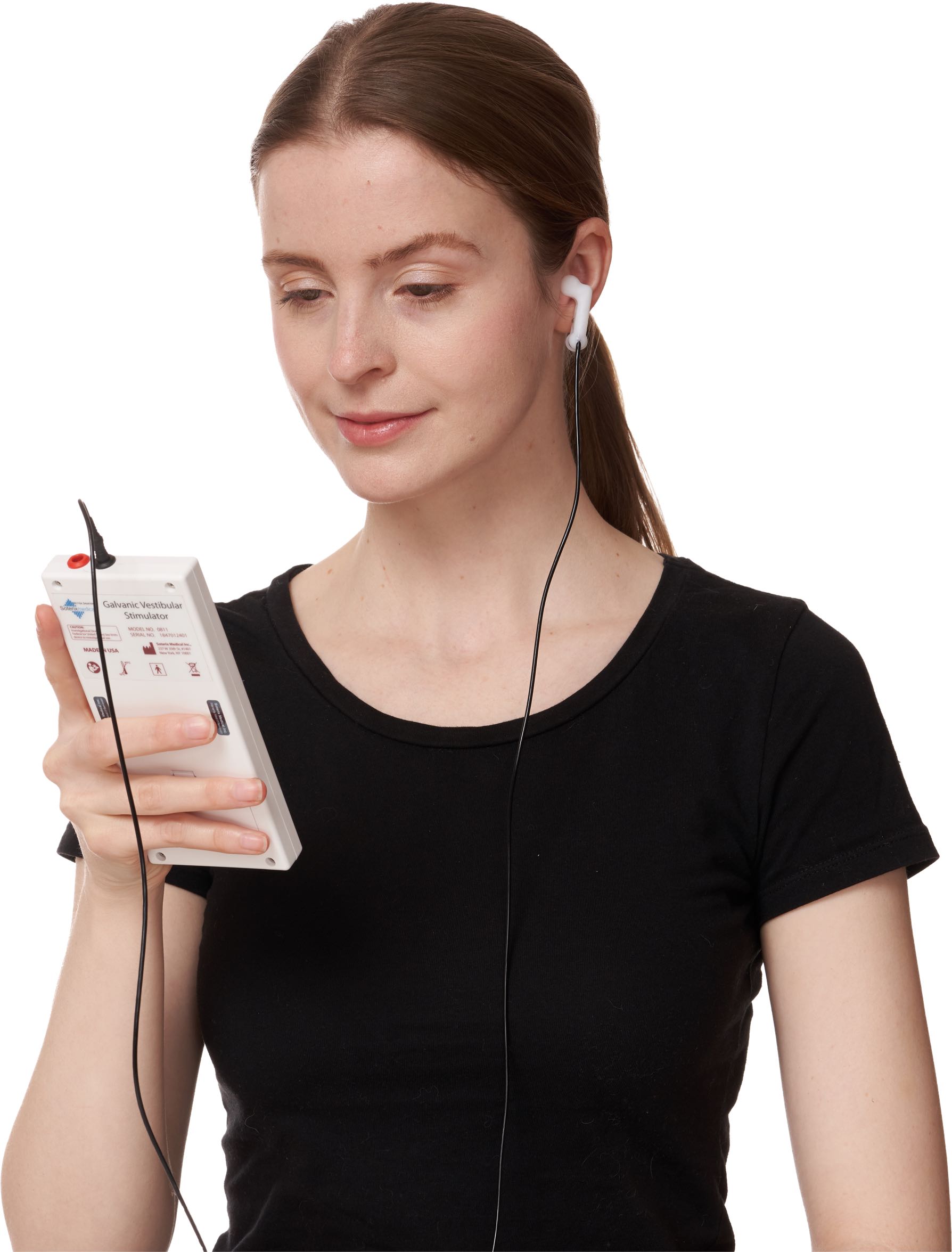Here we report about a study which is a bit unusual. The reason it appears on this blog is not because its efficiency which is doubtful, but because of the need to investigate new areas. And there is a significant body of publications on this topic.
If you browse through Aliexpress health devices you will probably find weird devices supposed to be inserted in your nose, ear or worn at your wrist that heal from many diseases such as diabetes or aging with infrared light or magnetic stimulation.
 The authors of several acupuncture departments from Beijing, Wuhan, Guangzhou, propose to use Transauricular vagal nerve stimulation (taVNS) at 40 Hz to attenuate hippocampal amyloid load in transgenic mice models of Alzheimer.
The authors of several acupuncture departments from Beijing, Wuhan, Guangzhou, propose to use Transauricular vagal nerve stimulation (taVNS) at 40 Hz to attenuate hippocampal amyloid load in transgenic mice models of Alzheimer.
The auricular branch of the vagus nerve supplies sensory innervation to the skin of the ear canal, tragus, and auricle.
Classical vagus nerve stimulation involves surgical implantation of electrodes onto the cervical branch of the vagus nerve. Electrical pulses are delivered to the vagus nerve via an implanted pulse generator surgically implanted in the chest.
Vagus nerve stimulation is currently FDA-approved for epilepsy, refractory depression, and chronic obesity and long-term safety of Vagus nerve stimulation is well established.
Transauricular vagal nerve stimulation on the other hand, delivers electrical stimulation to the auricular branch of the vagus nerve (ABVN), an easily accessible target that innervates the human ear.
There is a western commercial device which do just that.
Yet it's not clear what is meant by 40 Hz electical stimulation. 40 Hz is a "magical" frequency often involved in Alzheimer stimulation but there is no clear why it should be effective. In other publications different protocols have been used and were quite successful, for example 1 mA, 20 Hz, 30 s ON and 5 min OFF, the total length of 30 min, with a 320 μs pulse width.

The scientists say their results show that 40-Hz taVNS inhibits the hippocampal P2X7R/NLRP3/Caspase-1 signaling and improves spatial learning and memory in 6-month-old APP/PS1 mice. Yet they used a variety of immunofluorescence, immunohistochemistry, and various staining/blotting techniques which are not very precise, so "more studies are needed".
